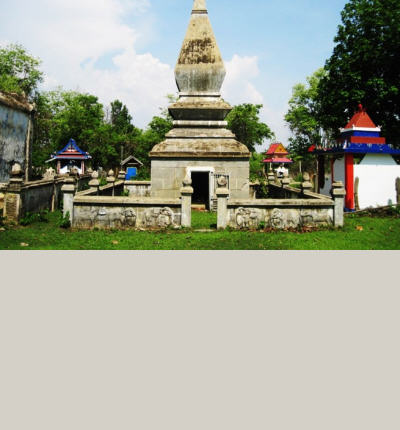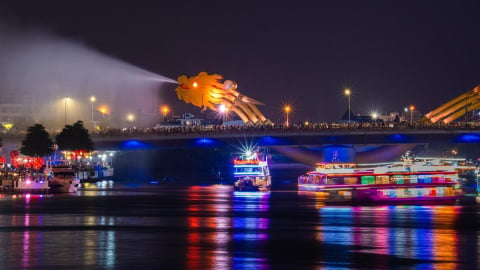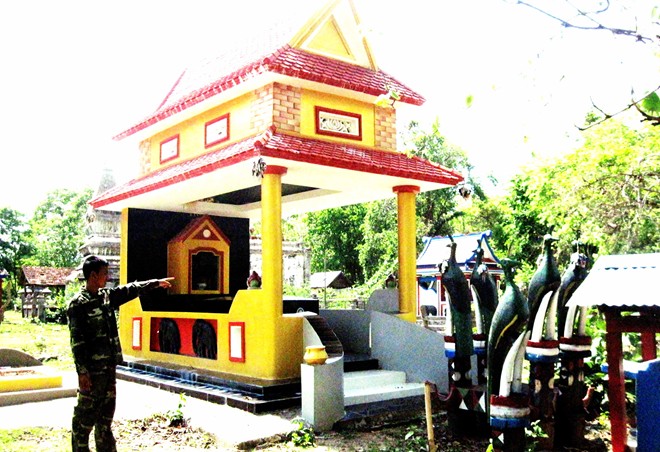
The tomb of the elephant hunters is about 1 km from the center of Ban Don tourist area (Krong Na commune, Buon Don district, Dak Lak), hidden behind the forest canopy, anyone who comes here for the first time wants to explore its mystery. There are dozens of tombs with unique architecture gathered in a 10-hectare area, also known as the tomb of the Gru. Ms. H-Cheng (the third child of the elephant hunter King Ama Kong) said: "This land is very special, only those called the Elephant Hunter King, the hunters and their family members can be buried here when they pass away".
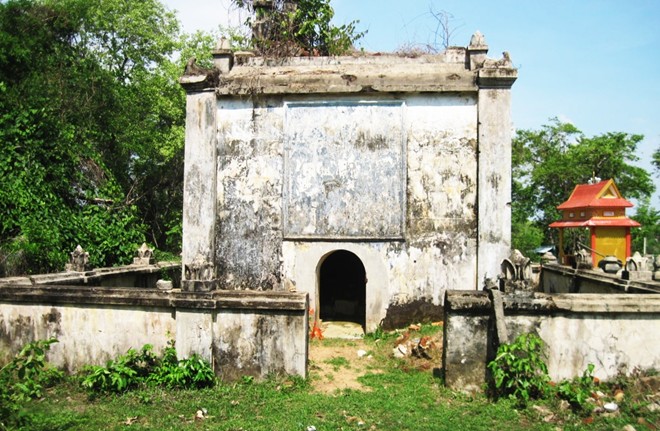
Ms. H-Cheng took us to the largest tomb and said: “This is the tomb of Y Thu Knul, the founder of Buon Don, the father of elephant hunting. He was respectfully called Khun Su Nop by the King of Siam - meaning King of Elephant Hunting”.
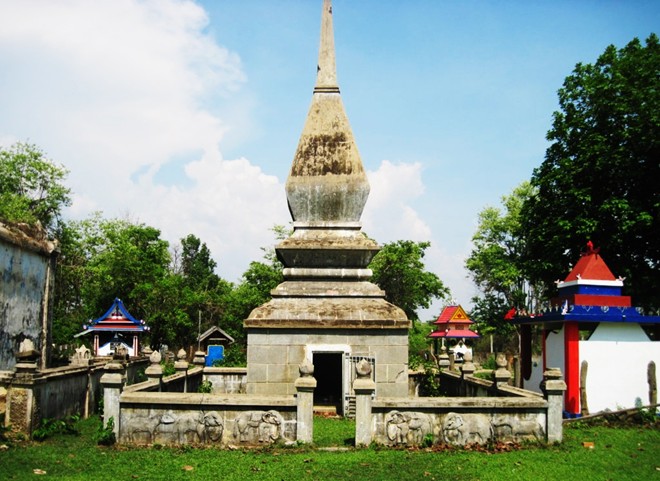
Next to Khun Su Nop's grave is the grave of Rleo Knul (King Khun Su Nop's nephew). In 1947, Rleo Knul also hunted a white elephant and presented it to King Bao Dai. When Rleo Knul died, the last king of Vietnam built his tomb in a unique pyramid shape.
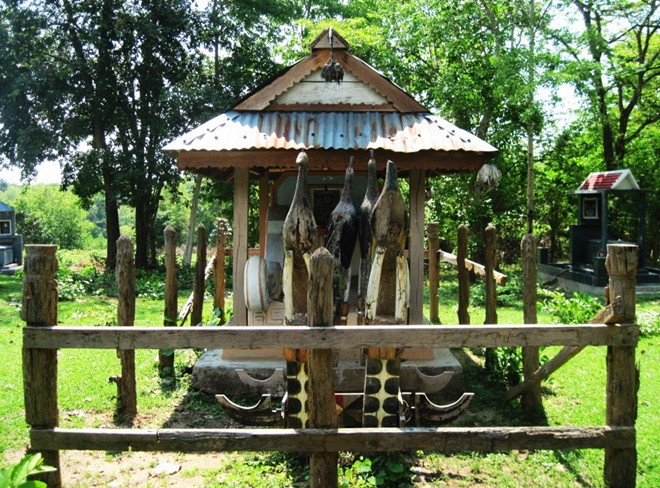
Khun Su Nop once hunted 400 elephants. In 1861, he captured a white elephant and presented it to the King of Thailand. Moved by his kindness, the King of Thailand gave him a lot of wealth and gave him the noble title of King of Elephant Hunters.

Khun Su Nop is also considered by the people as a powerful and prestigious chief.

When it comes to the art of hunting wild elephants, Ama Kong is considered the most outstanding descendant of Khun Su Nop. With the achievement of hunting more than 300 elephants, he is also called the King of Elephant Hunting and deserves to be present in this legendary land.
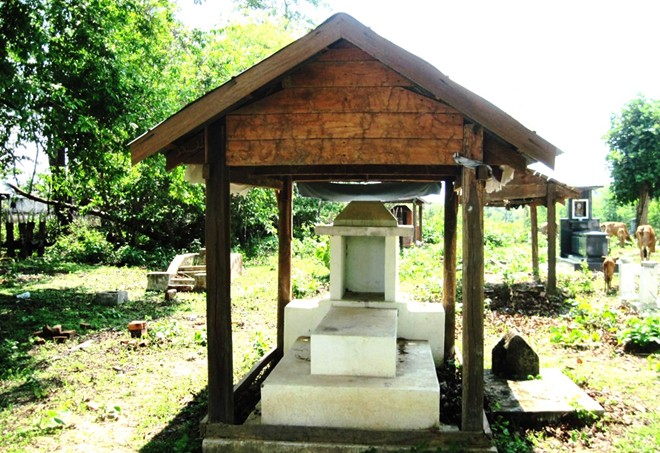
In addition to his famous elephant hunting achievements, Ama Kong is also known as the creator of the famous "husband drinks, wife praises" medicine that is famous throughout the three regions.
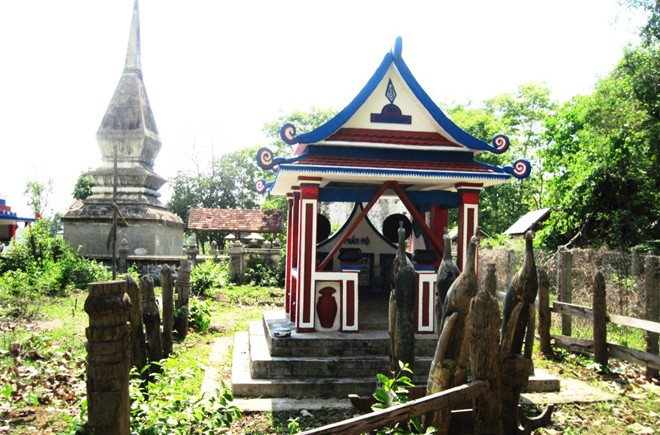
The special thing is that the graves are all oriented to the West, which according to their concept is the direction of the dead. The graves are uniquely designed, shaped like pyramids and models of small houses built with 4 surrounding columns and a roofing system.

In the graves there are items such as blankets, quilts, bowls, chopsticks, animal bones... These are things that the living share with the dead, also known as the custom of sharing property with the dead of the Ede people.

In front of graves are often placed statues of birds and animals, each with a different meaning. Peacocks symbolize nobility and power; bronze pots symbolize prosperity; gongs symbolize joy.

In addition, if it is the grave of descendants, there will be ivory statues facing all four directions in front. If it is the grave of Kings or elephant hunters, there will often be statues of elephants at the top or head of the grave.
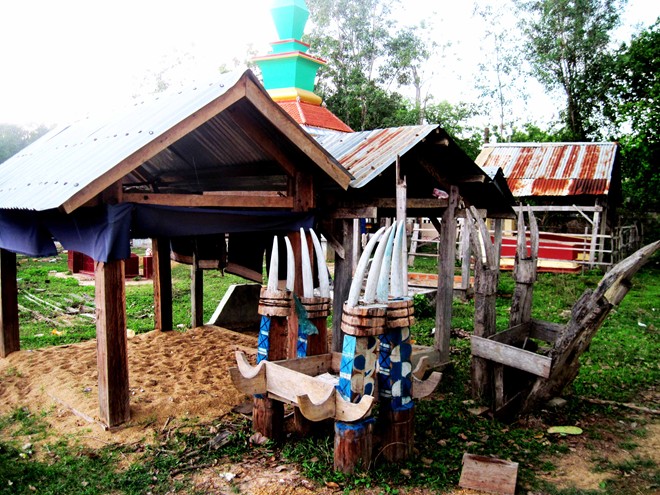
Ms. H-Cheng added: "To distinguish between a male and female grave, we just need to look at the tombstone. If it is a male grave, the tombstone will have the letter Y in front of it, and if it is a female grave, it will have an H."





